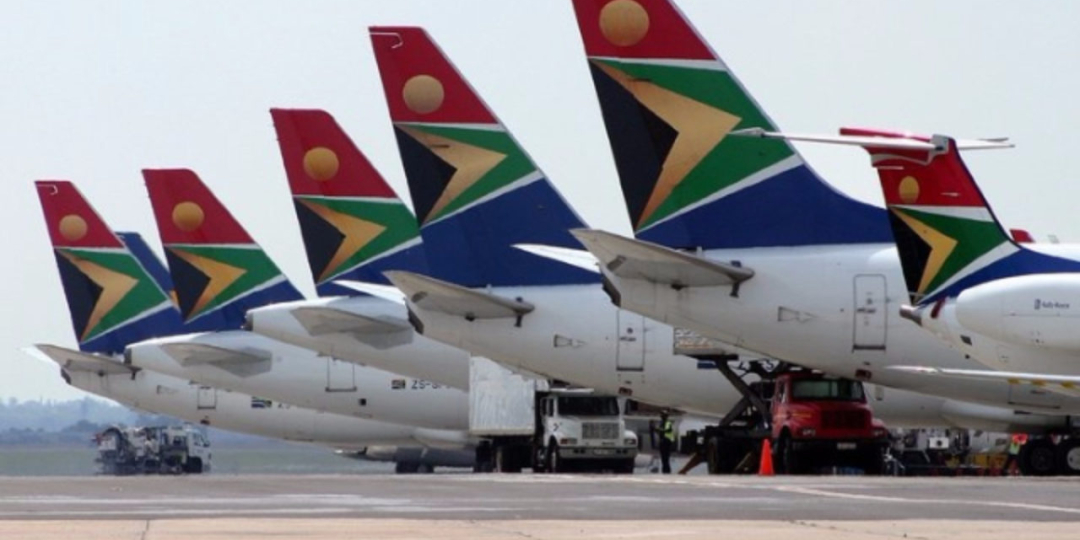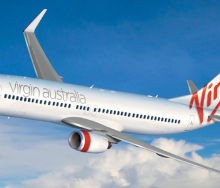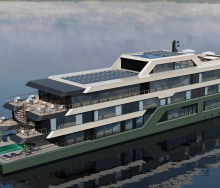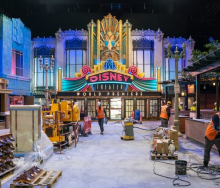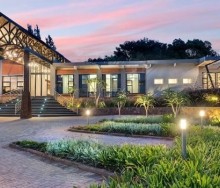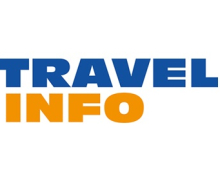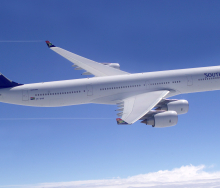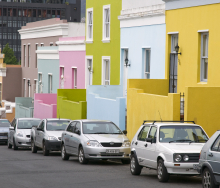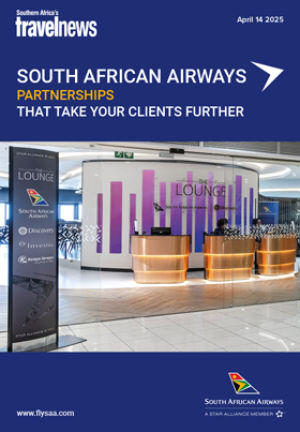Government has invited a mix of local and international investor groups to diversify the investor base of SAA, but plans to maintain “a certain level of presence” in the ownership of the new carrier.
In a statement on Wednesday, the Department of Public Enterprises (DPE) says it “welcomes the attraction of a mix of local and international investor groups to provide the new airline with technical, financial, and operational expertise to ensure significant South African ownership whilst diversifying the investor base”.
The DPE says it has identified a transaction adviser to assist it in raising funds and investments for the new airline. The advisers will also assess unsolicited expressions of interests received from private-sector funders, private equity investors and potential partners for SAA. Their other functions will include transaction planning, feasibility analysis, procurement and implementation of transactions.
This is the first indication from the DPE on how it plans to make good on its signed commitment to the business rescue practitioners (BRPs) that it will “mobilise” funding for the new airline. This commitment was a key condition for the implementation of the plan.
SAA’s business rescue plan was approved in July. Two weeks ago, BRPs Les Matuson and Siviwe Dongwana said they were wrapping up administrative issues before filing a notice of substantial implementation in terms of Section 152 of the Companies Act, which would effectively end the business rescue proceedings. However, this process now appears stalled as the BRPs await the required funding, saying they are unable to hand back an insolvent entity to management.
According to the business rescue plan, R10,1bn is needed to save the airline. The BRPs’ spokesperson, Louise Brugman, confirms that R5bn is needed urgently: R800m to pay post commencement creditors; R2,2bn for voluntary severance packages of staff (which the DPE promised would be available immediately after the plan was approved), and Section 189 retrenchments; and R2bn in working capital. Government efforts to raise R5bn in bank loans have so far been unsuccessful, according to media reports. This is on top of R16,4bn in Government guaranteed loans to banks repayable over the next three years, starting on August 31.
The DPE says it has been working around the clock with stakeholders toward the implementation of SAA’s business rescue plan. “It’s important that this process gets wrapped up,” says DPE spokesman, Sam Mkokeli. He says Government is “considering various options about the money required for the business rescue plan stages and for future funding”. “It’s always a difficult process regarding the terms and conditions.” He adds: “Everything is being done to make sure that the money promised is acquired.”
He confirms that there have been a “handful of unsolicited expressions of interest in SAA, that’s why the transaction advisers are being engaged to assist with the process”. He declines to name them, but says this will be made public in due course.
The DPE is now overseeing four phases:
- The restructuring of the airline, including the VSP implementation
- The appointment of non-executive directors and a new management team
- The selection and appointment of transaction advisers
- The formation of the new airline.
Restructuring
The VSPs will see the retrenchment of all employees with 1 000 remaining to start the new airline on new terms and conditions. Another 1 000 will be placed on a temporary training lay-off scheme and will be re-absorbed into the new airline as new positions become available.
Board and management team
The DPE will soon appoint a smaller board of directors. “A few existing names will be considered, but it will be an overwhelmingly new board,” says Sam. The new board will then appoint the airline’s new executive management team, including a chief risk officer, chief information officer and chief operating officer. The DPE has already named former chief commercial officer, Philip Saunders, as interim ceo.
Formation of new airline
The DPE says it is engaging constructively towards the establishment of the new SAA. While it wants to maintain a certain level of presence, Government wants the new airline to have the following: A modern aircraft fleet with “hybrid density options acquired at competitive rates resulting in cost efficiency”; “the right routes, at the right times and at competitive prices”; a hub-based network; “elevated aircraft utilisation”; connections from/to “world economic hubs whilst maintaining diplomatic connectivity”; a right-sized workforce; and to be a “customer-centric, lean, tech-savvy, digitally-native airline that will service all market segments”.
